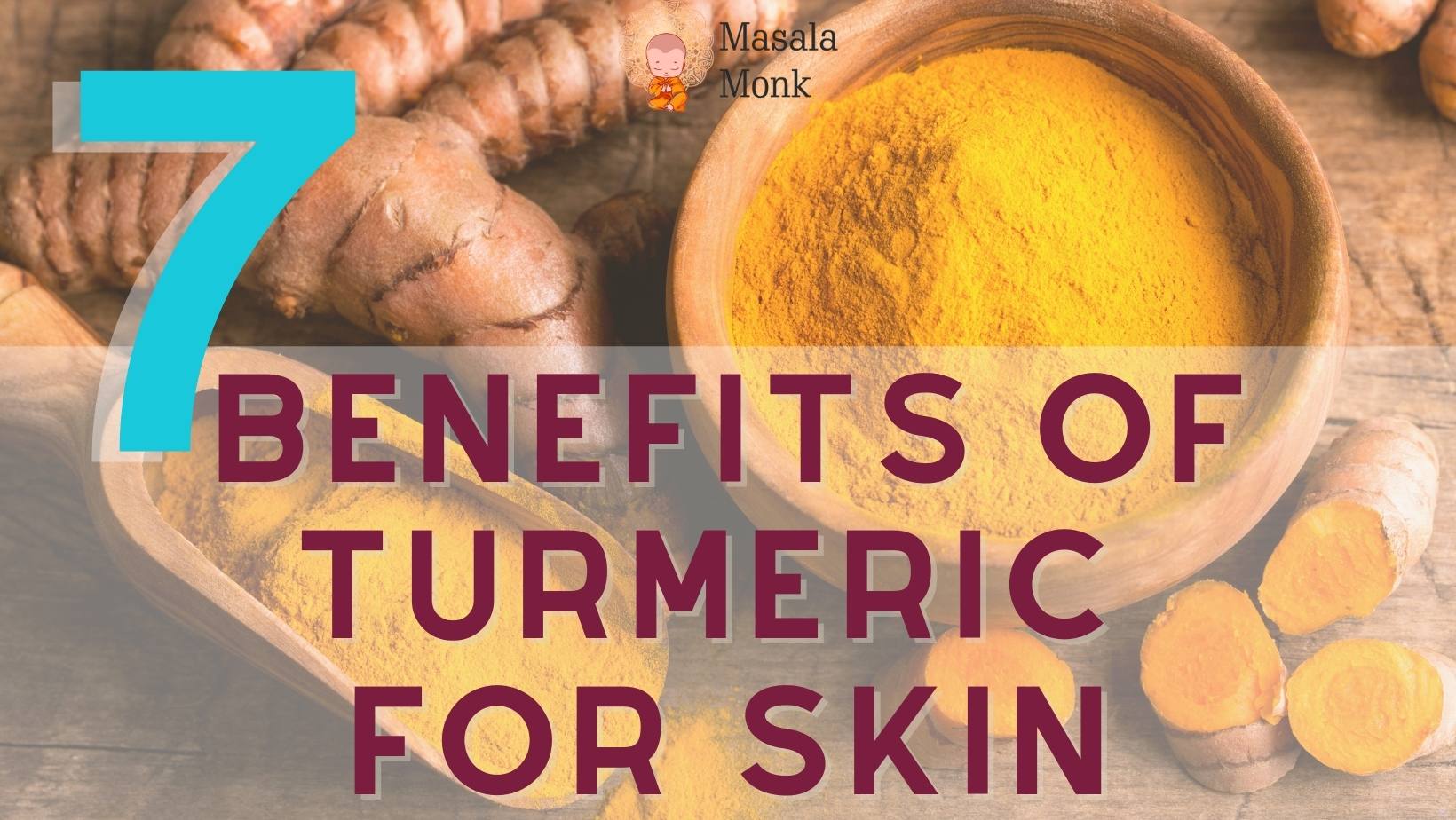
Peppermint oil, derived from the peppermint plant, is a potent essential oil that has been used for centuries for its medicinal properties. Its refreshing aroma and cooling sensation have made it a popular ingredient in various products, from toothpaste to tea. However, beyond its pleasant smell and taste, peppermint oil offers a host of health benefits, particularly in managing various types of pain and discomfort. This post will delve into the use of peppermint oil as a natural remedy for tooth pain, arthritis, headaches, migraines, and psoriasis.
Peppermint Oil: A Brief Overview
Peppermint oil is extracted from the leaves of the peppermint plant, a hybrid of watermint and spearmint. It’s rich in several beneficial compounds, including menthol, menthone, and limonene. The oil is known for its cooling, calming effects and is widely used in aromatherapy. It’s also been used in traditional medicine for thousands of years, with its uses ranging from soothing digestive issues to relieving muscle pain.
Peppermint Oil for Tooth Pain
Tooth pain can be debilitating, making it difficult to eat, drink, and even sleep. One natural remedy that can provide relief is peppermint oil. Its active ingredient, menthol, has analgesic properties that can help numb the area and alleviate pain.
How to Use: Apply a few drops of peppermint oil to a cotton ball and place it on the affected area. Alternatively, you can add a drop of the oil to a glass of warm water and use it as a mouthwash. This method can also help in maintaining oral hygiene and freshening breath.
Peppermint Oil for Arthritis Pain
Arthritis is a condition characterized by inflammation and pain in the joints. Peppermint oil, with its anti-inflammatory properties, can help soothe this inflammation and reduce pain.
How to Use: Mix a few drops of peppermint oil with a carrier oil like coconut oil or jojoba oil and massage it into the affected joints. The massage can also help in improving circulation and reducing stiffness in the joints.
Peppermint Oil for Headaches and Migraines
Headaches and migraines can be disruptive and debilitating. Peppermint oil is a natural remedy that can provide relief.
How to Use: Apply a few drops of peppermint oil to your temples and forehead, and gently massage the area. The cooling sensation of the oil can help in relieving the tension and promoting relaxation.
Peppermint Oil for Psoriasis
Psoriasis is a chronic skin condition characterized by red, itchy, and scaly patches of skin. While there is no cure for psoriasis, symptoms can be managed, and peppermint oil can help.
How to Use: Mix a few drops of peppermint oil with a carrier oil and apply it to the affected areas. The cooling and anti-inflammatory properties of the oil can help in soothing the itchiness and inflammation.
Conclusion
Peppermint oil is a versatile natural remedy that can help manage various types of pain and discomfort. However, it’s important to remember that while peppermint oil can provide relief, it should not replace professional medical advice or treatment. Always consult with a healthcare provider before starting any new treatment regimen.
Remember, everyone’s body is different, and what works for one person may not work for another. Always start with a small amount of peppermint oil to see how your body reacts, and never apply it undiluted to the skin or ingest it without the guidance of a healthcare professional.
Frequently Asked Questions
1. Can peppermint oil help with tooth pain? Yes, peppermint oil can help alleviate tooth pain. Its active ingredient, menthol, has analgesic properties that can help numb the area and alleviate pain.
2. Can peppermint oil be used for arthritis pain? Yes, peppermint oil, with its anti-inflammatory properties, can help soothe the inflammation and reduce pain associated with arthritis.
3. Is peppermint oil effective for headaches and migraines? Yes, peppermint oil can provide relief from headaches and migraines. Apply a few drops to your temples and forehead, and gently massage the area.
4. Can peppermint oil help manage psoriasis symptoms? Yes, peppermint oil can help manage the symptoms of psoriasis. Its cooling and anti-inflammatory properties can soothe the itchiness and inflammation associated with psoriasis.
5. Can peppermint oil replace professional medical advice or treatment? No, while peppermint oil can provide relief, it should not replace professional medical advice or treatment. Always consult with a healthcare provider before starting any new treatment regimen.
Blog Tags: Peppermint Oil, Natural Remedies, Pain Relief, Tooth Pain, Arthritis, Headaches, Migraines, Psoriasis.










